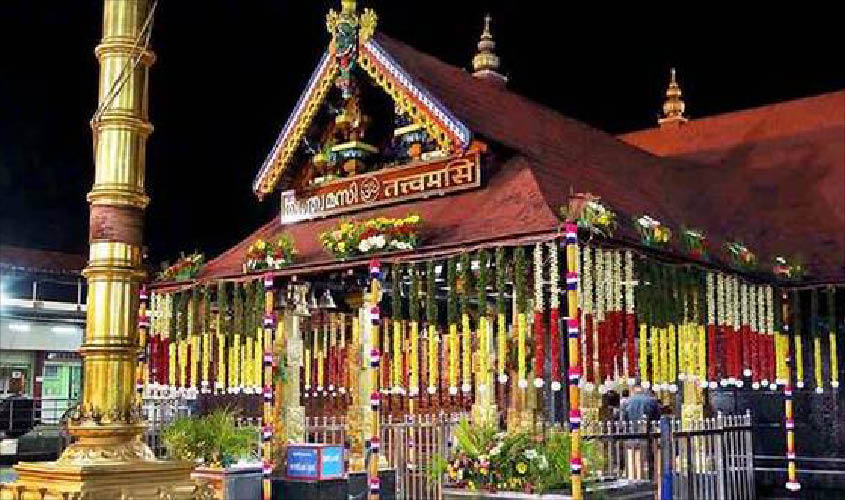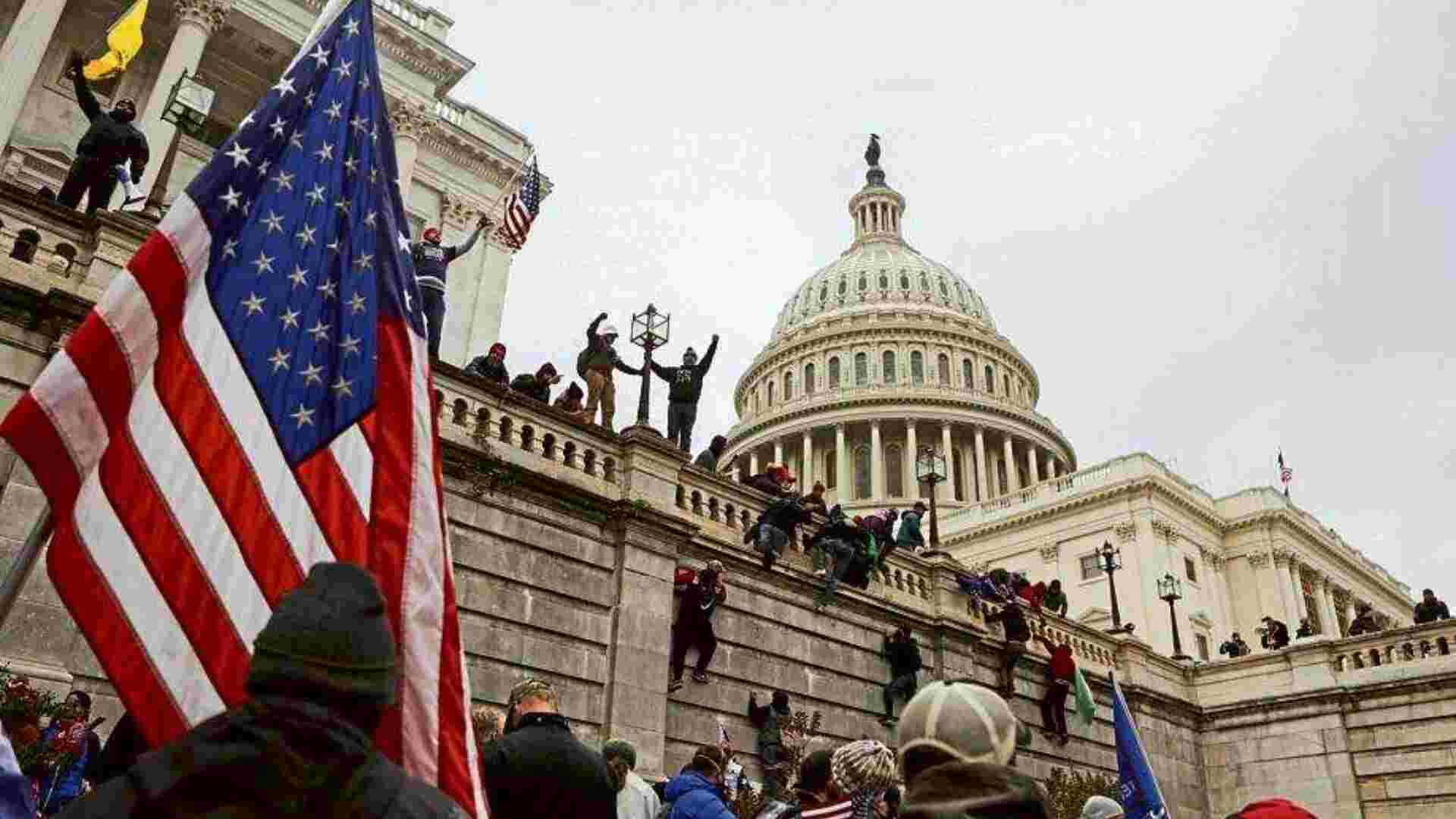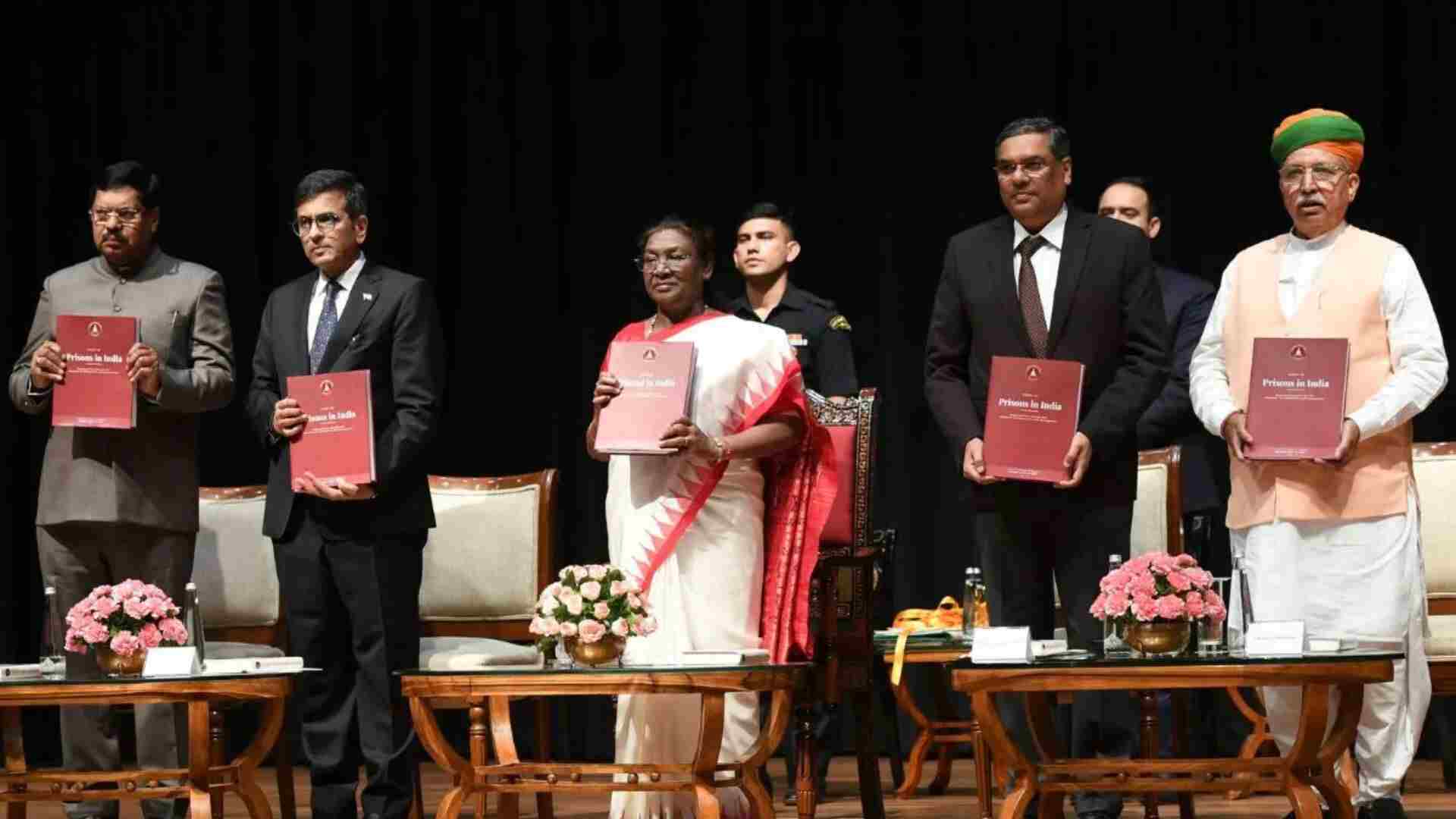
The recent harrowing scene of commotion at Sabarimala temple has again brought the issue of mismanagement of temples under the government control at the forefront. The clamour to emancipate the temples from government shackles is not a novel one, and has been at the centre stage of our societal consciousness for decades. However, the awareness pertaining to this issue has penetrated deep, echoing with new-found urgency in contemporary times.
The government’s singular objective, seemingly unabashed in its pursuit, is the exploitation of the sacred resources inherent to Hindu temples, properties that inherently belong to the Hindu society. The Government’s complete apathy towards the amelioration of temple has not gone unnoticed, capturing the imagination of masses.
Now, the veil of exploiters masquerading as saviours has been lifted. Such camouflaging tactics won’t work anymore. How the devotees of Sabarimala, steadfast contributors of a staggering Rs. 204.30 crore in a mere 39 days (until Dec 25), reconcile with such blatant mismanagement? How despite such monumental mismanagement, the temples should remain ensnared in the clutches of governmental control when the professed rationale behind this control is ostensibly for the betterment of management?
Thus, within the contours of this imperative dialogue, we delve into the annals of history, unpack the multifaceted issues at hand, and scrutinize the constitutional and legal standing that challenges the existing regime of governmental control over temples.
Historical Perspective
In the legislative timeline governing temples, a series of enactments unfolded, embedding state control in their administration. Originating between 1810 and 1817, tailored regulations for Bengal, Madras, and Bombay granted the British Government authority, ostensibly to rectify endowment income misappropriation. These interventions faced resistance, particularly from the British community opposing perceived endorsement of idol-worship, prompting a shift to nuanced indirect intervention.
The subsequent 1863 Religious Endowments Act marked a pivot, relinquishing direct control and transferring it to committees. The 1919 Government of India Act empowered provinces, leading to the 1925 Madras Hindu Religious Endowments Act, conferring extensive powers on commissioners, even enabling takeovers.
Post-independence, colonial-era administrative structures persisted, portraying a continuous plight for temples. Despite India’s secular stance, the permeable separation between the State and religion avoided a strict wall, favoring ‘principled distance.’ The Madras Hindu Religious and Charitable Endowments Act 1951 set a precedent for similar laws in states like Bihar, introducing public executive Commissionerates, eventually contributing to what jurists Fali S. Nariman and Rajeev Dhavan describe as the ‘nationalization’ of religion, casting a lasting shadow over the sacred landscape.
Excruciating Issues
Upon a meticulous perusal of diverse constitutional provisions, the illuminating pronouncements of the Constitutional Courts, plethora of exhaustive reports, and a scrupulous examination of the intricate financial condition of the temples, the nuanced discourse unfolds the following discerning sub-heads –
Dereliction of Constitution Guarantee- Article 25 of the Indian Constitution guarantees every individual the inherent right to freely practice their chosen faith. Imposing selective restrictions on Hindus contradicts the principle of equality woven into our constitutional ethos, denying them the equal standing they rightfully deserve.
Denial of Equal Status- Exclusively targeting Hindus with restrictive laws not only breaches Article 25’s sanctity but also violates the principles of Article 14 of the Indian Constitution. Unlike other religious denominations, Hindu institutions face government constraints, a unique disparity denounced by Article 14 and the Supreme Court in Moseb Kaba Chowdhary v. State of West Bengal (1958).
Violation of Fundamental Right- Article 26 grants religious denominations, including Hindus, the right to establish institutions, manage religious affairs, and own property. Since independence, these rights have been unjustly withheld by the government, violating the guarantee of denominational autonomy as highlighted in K. Mukundaraya Bhenoy v. The State of Mysore (1959).
Violation of principle of Secularism- Government intrusion in religious affairs is an exceptional circumstance in India. The majority, known for their peaceful and law-abiding nature, becomes unwittingly embroiled in a narrative where secular governance selectively intervenes in the spiritual affairs of a specific faith, challenging the sanctity of secularism that demands harmonious coexistence free from preferential treatment or unwarranted interference in matters of faith.
Cases of conversion- Temple funds, intended for essential operations and broader Hindu welfare, dwindle due to government intervention. This financial vacuum becomes a breeding ground for missionaries enticing Hindus with financial incentives. Had Hindu institutions retained and judiciously used devotees’ contributions, the landscape would be transformed.
Misuse of devotees money/offerings- Funds meant for Hindu faith’s advancement face a disconcerting detour, deviating from their intended purpose. The Kerala High Court in T. Krishnan v. G.D.M. Committee (1978) affirmed the trust’s prerogative to allocate income for religious objectives, now violated by government appropriation. This impedes the establishment of essential institutions for education, health, old-aged, and orphans.
Jeopardizing the right of Hindus to get religious education- The pursuit of religious education, a fundamental right, finds itself entangled in a financial web, with resources earmarked for the Hindu cause diverted elsewhere. The principles espoused in Ratilal v. State of Bombay (1954) form a bastion, affirming the inherent rights of religious denomination/bodies against unwarranted external interventions, safeguarding the essence of Article 26(d) and the vitality of religious autonomy.
Appointment of people from other religion in the Hindu Temple Board- In a strategic maneuver for vote bank politics, WB CM Mamata Banerjee appointed Firhad Hakim, the State Minister, as the chairman of the Tarakeshwar temple board. This raises questions about potential implications and whether similar actions would occur for other religious institutions.
Bureaucratic rot- Government officials, MLAs, and Ministers face accusations of looting temple wealth in a disturbing saga. Tamil Nadu temples, with vast holdings, see meager revenue collection (Rs.36 crore vs. Rs.304 crore demand), raising serious questions about financial transparency and accountability.
Mismanagement- Temples and trusts, once havens of solace, grapple with stifling government intervention. Devotees lack basic amenities, priests are unpaid, and management appears financially indulgent. Legal precedents, including the Sri Shirur Mutt (1954) and Chidambaram Case (2014), underscore the need for limited and justified government regulation not control.
Conclusion
Despite catena of legal pronouncements, a perplexing paradox persists – the relentless tethering of government control over temples and their invaluable resources. These sacred institutions, repositories of immeasurable wealth, have historically borne witness to the covetous gaze of invaders, and today find themselves ensnared in the intricate web of governmental dominion.















